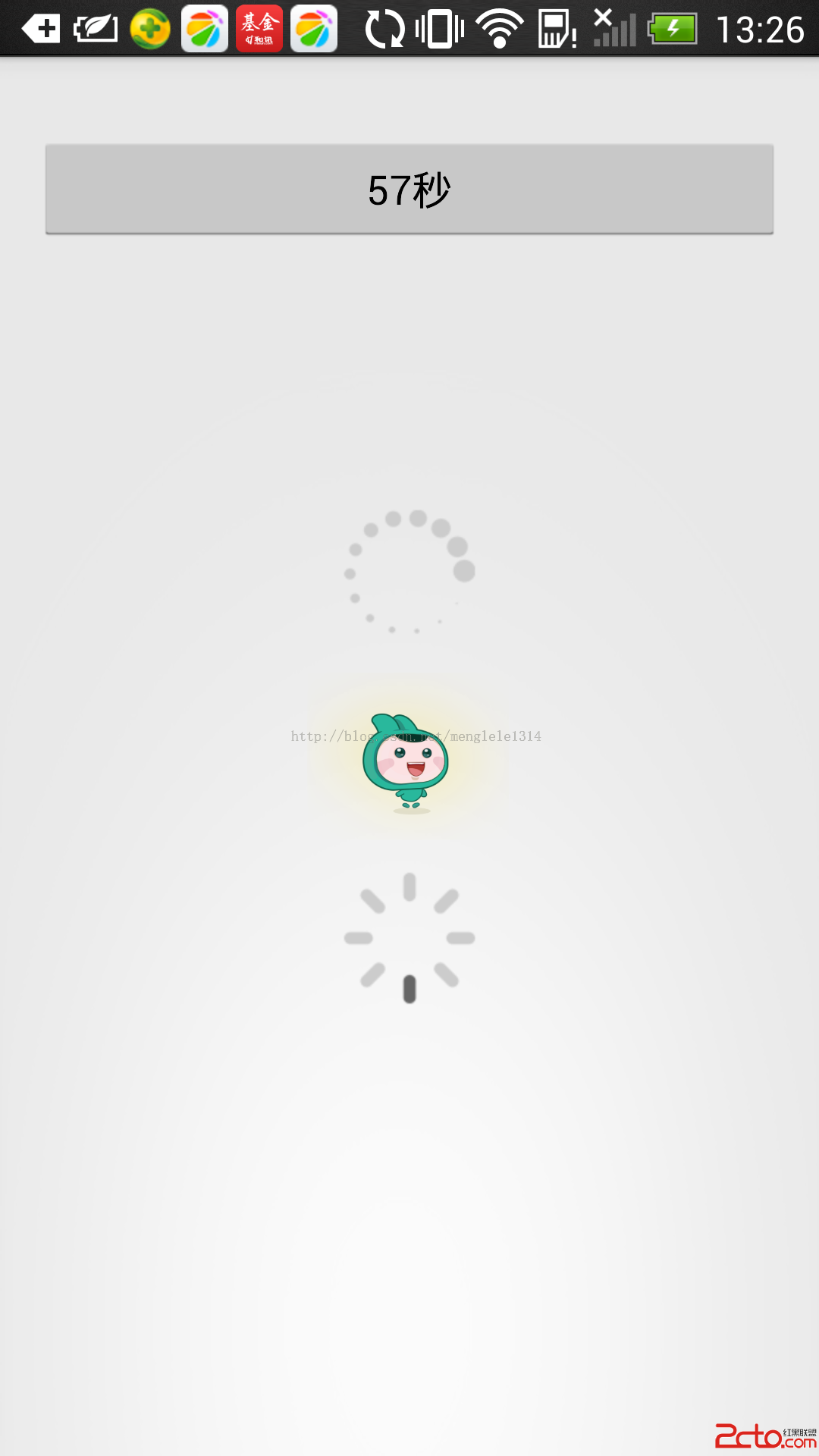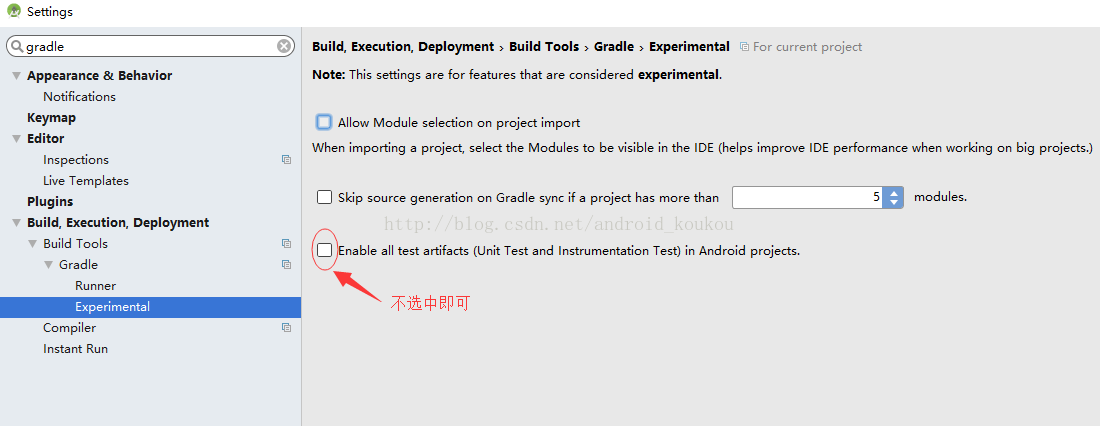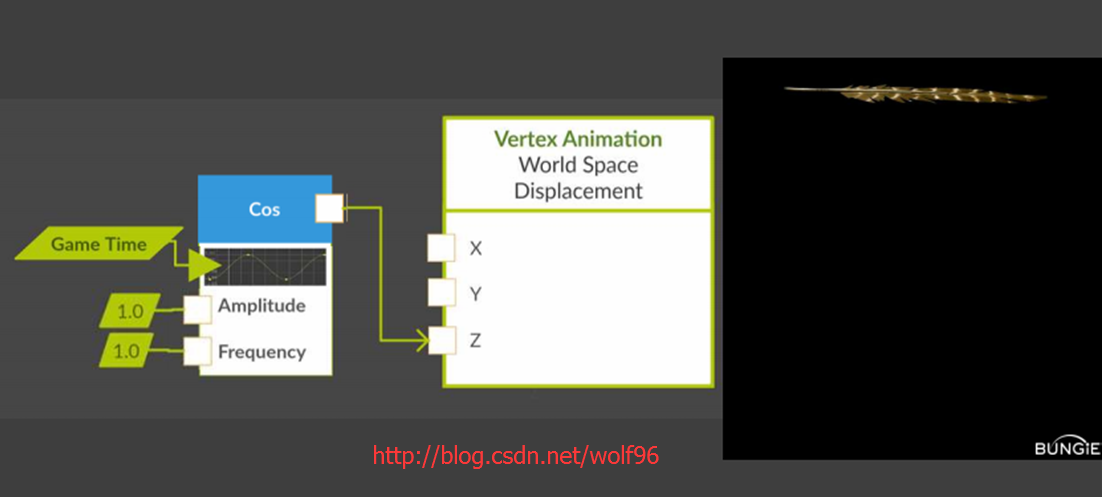編輯:關於Android編程
文件上傳在B/S應用中是一種十分常見的功能,那麼在Android平台下是否可以實現像B/S那樣的文件上傳功能呢?答案是肯定的。下面是一個模擬網站程序上傳文件的例子。
首先新建一個Android工程,新建主啟動Activity:
MainActivity.java:
package com.xzq.upload;
import java.io.DataOutputStream;
import java.io.FileInputStream;
import java.io.InputStream;
import java.net.HttpURLConnection;
import java.net.URL;
import android.app.Activity;
import android.os.Bundle;
import android.view.View;
import android.widget.Button;
import android.widget.TextView;
import android.widget.Toast;
public class MainActivity extends Activity{
private String newName = "htys.mp3";
//要上傳的本地文件路徑
private String uploadFile = "/data/data/com.xzq/htys.mp3";
//上傳到服務器的指定位置
private String actionUrl = "http://192.168.100.100:8080/upload/upload.jsp";
private TextView mTextView1;
private TextView mTextView2;
private Button mButton1;
@Override
public void onCreate(Bundle savedInstanceState){
super.onCreate(savedInstanceState);
setContentView(R.layout.main);
mTextView1 = (TextView) findViewById(R.id.myText2);
mTextView1.setText("FilePath:/n" + uploadFile);
mTextView2 = (TextView) findViewById(R.id.myText3);
mTextView2.setText("UploadPath:/n" + actionUrl);
/* 設定mButton的onClick事件處理 */
mButton1 = (Button) findViewById(R.id.myButton);
mButton1.setOnClickListener(new View.OnClickListener(){
public void onClick(View v){
uploadFile();
}
});
}
private void uploadFile(){
String end = "/r/n";
String Hyphens = "--";
String boundary = "*****";
try{
URL url = new URL(actionUrl);
HttpURLConnection con = (HttpURLConnection) url.openConnection();
/* 允許Input、Output,不使用Cache */
con.setDoInput(true);
con.setDoOutput(true);
con.setUseCaches(false);
/* 設定傳送的method=POST */
con.setRequestMethod("POST");
/* setRequestProperty */
con.setRequestProperty("Connection", "Keep-Alive");
con.setRequestProperty("Charset", "UTF-8");
con.setRequestProperty("Content-Type",
"multipart/form-data;boundary=" + boundary);
/* 設定DataOutputStream */
DataOutputStream ds = new DataOutputStream(con.getOutputStream());
ds.writeBytes(Hyphens + boundary + end);
ds.writeBytes("Content-Disposition: form-data; "
+ "name=/"file1/";filename=/"" + newName + "/"" + end);
ds.writeBytes(end);
/* 取得文件的FileInputStream */
FileInputStream fStream = new FileInputStream(uploadFile);
/* 設定每次寫入1024bytes */
int bufferSize = 1024;
byte[] buffer = new byte[bufferSize];
int length = -1;
/* 從文件讀取數據到緩沖區 */
while ((length = fStream.read(buffer)) != -1){
/* 將數據寫入DataOutputStream中 */
ds.write(buffer, 0, length);
}
ds.writeBytes(end);
ds.writeBytes(Hyphens + boundary + Hyphens + end);
fStream.close();
ds.flush();
/* 取得Response內容 */
InputStream is = con.getInputStream();
int ch;
StringBuffer b = new StringBuffer();
while ((ch = is.read()) != -1){
b.append((char) ch);
}
System.out.println("上傳成功");
Toast.makeText(MainActivity.this, "上傳成功", Toast.LENGTH_LONG)
.show();
ds.close();
} catch (Exception e){
System.out.println("上傳失敗" + e.getMessage());
Toast.makeText(MainActivity.this, "上傳失敗" + e.getMessage(),
Toast.LENGTH_LONG).show();
}
}
}
最後別忘了在AndroidManifest.xml中設置訪問Internet的權限:
<uses-permission android:name="android.permission.INTERNET" />
以上就是本文的全部內容,希望對大家的學習有所幫助,也希望大家多多支持本站。
 Android Activity的啟動過程
Android Activity的啟動過程
每天看郭神的公眾號文章已經成了我的一個習慣,前段時間看到一篇文章,ActivityThread的main()方法究竟做了什麼工作?main方法代碼並不長,但行行珠玑。我也
 android 獲取短信驗證碼倒計時
android 獲取短信驗證碼倒計時
android 獲取短信驗證碼倒計時public class MainActivity extends Activity {private Button submit;p
 android studio文件工程夾過大,generated文件夾過大解決方法
android studio文件工程夾過大,generated文件夾過大解決方法
用android studio創建文件隨便寫了個demo,項目文件就90多M,感覺沒干什麼就導致文件這麼大了,瞬間頭皮發麻。。。為什麼呢?帶著疑惑,打開android s
 Unity3d 實現頂點動畫
Unity3d 實現頂點動畫
在今年GDC上發現一個非常有趣的演講,叫做Animating With Math,遂實現之,是講述頂點shader動畫的,舉了幾個經典的例子,但是講者並沒有給代碼,而是像